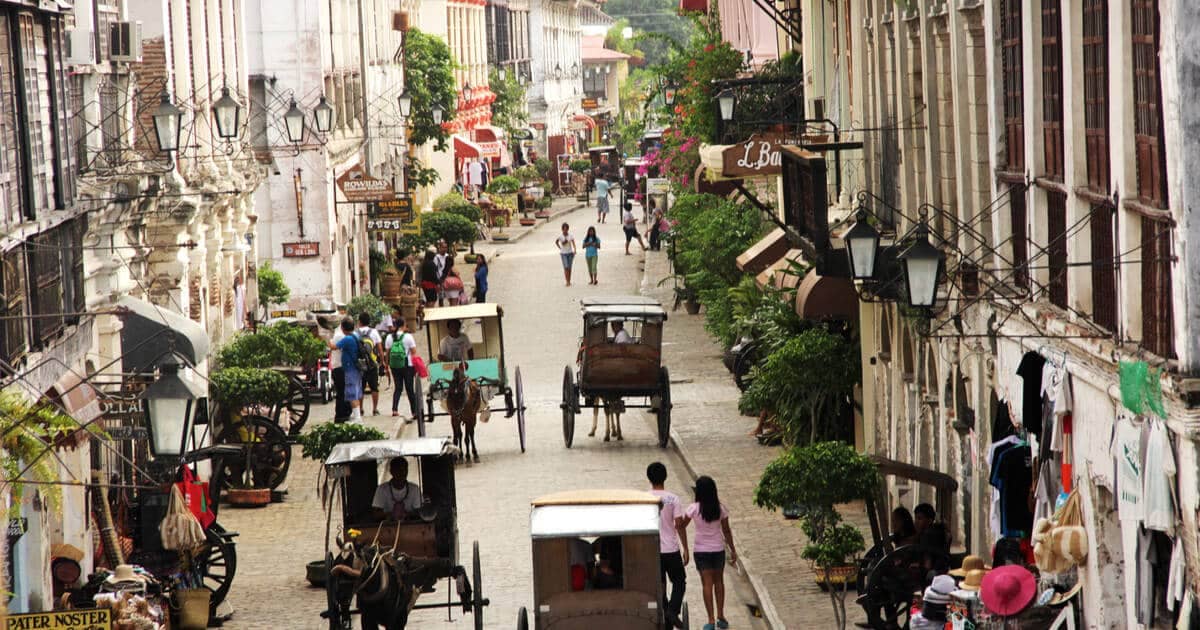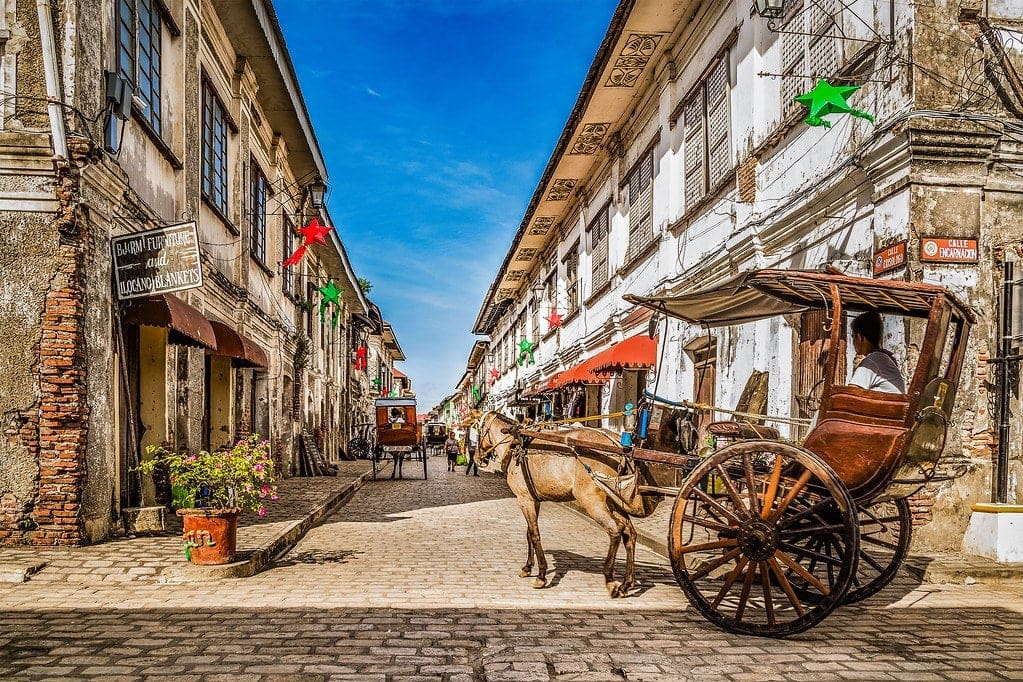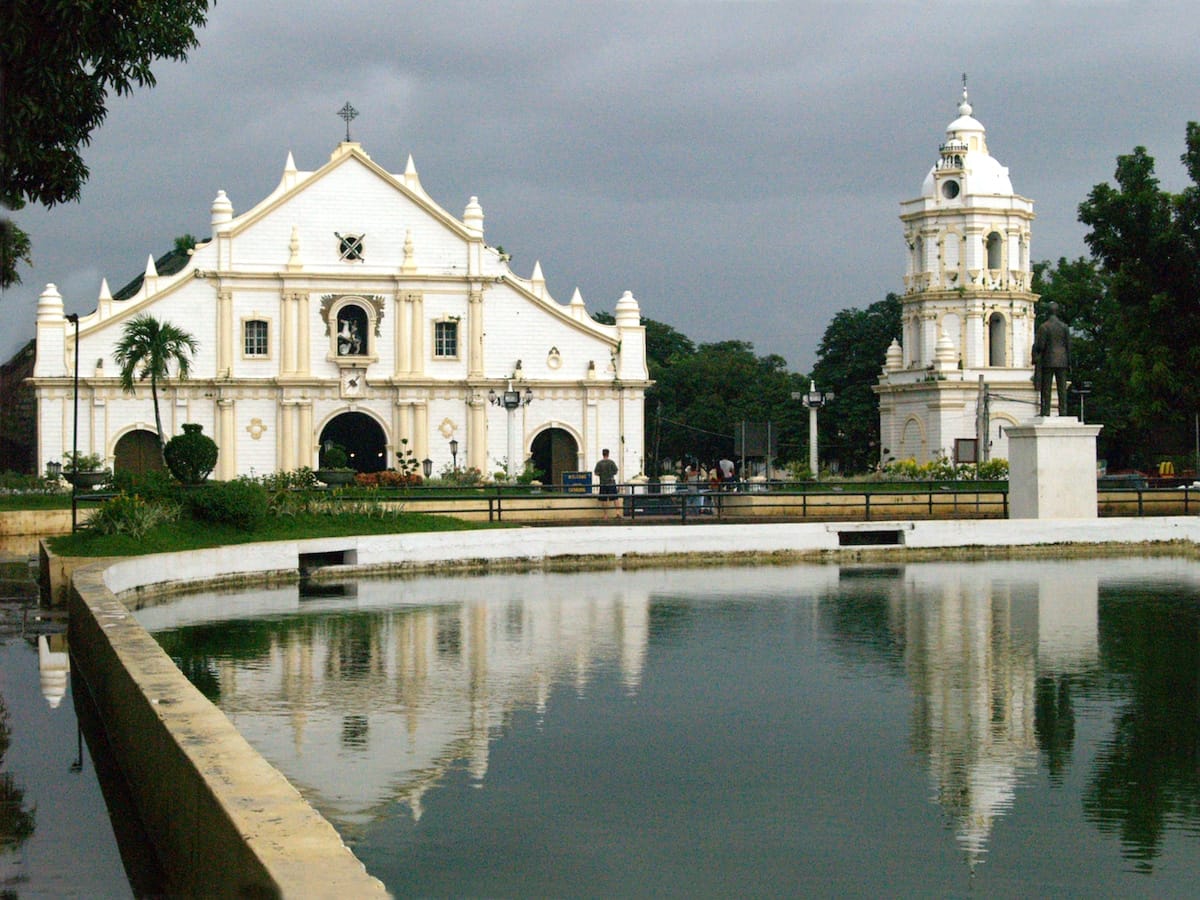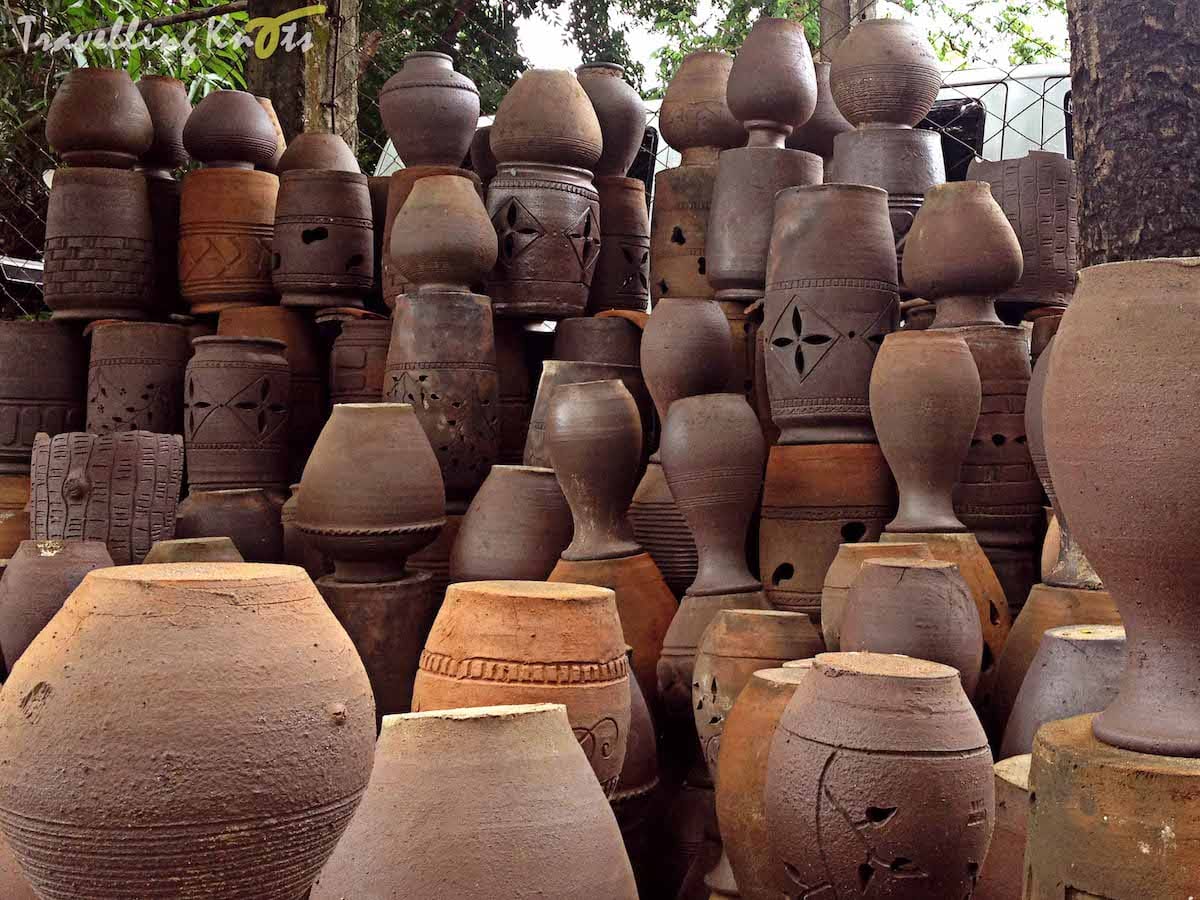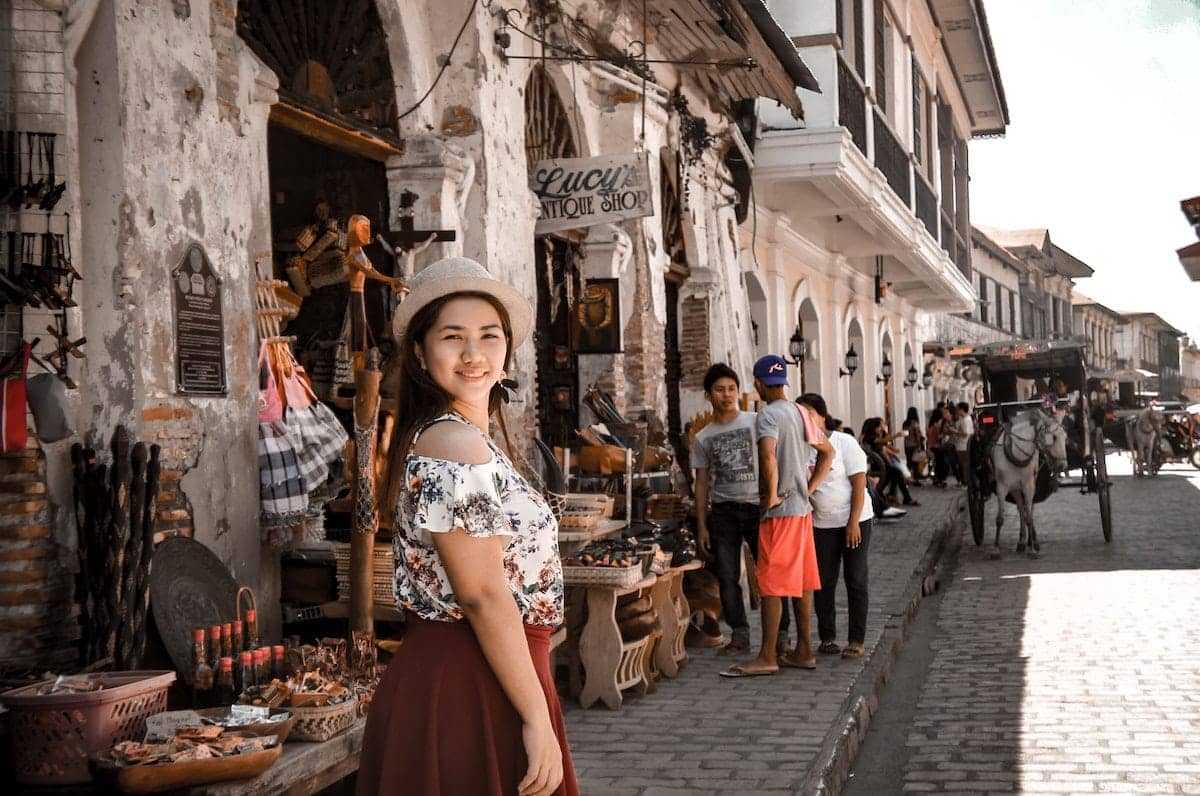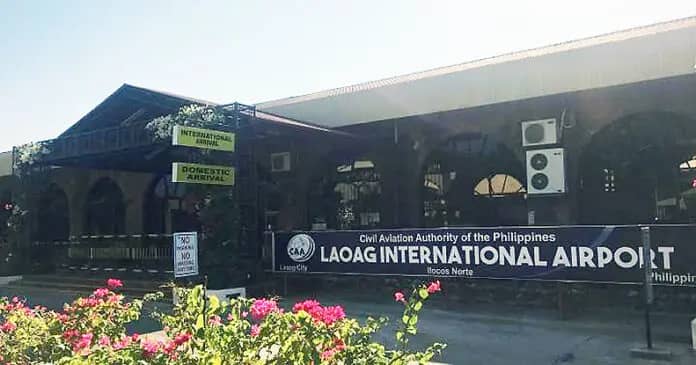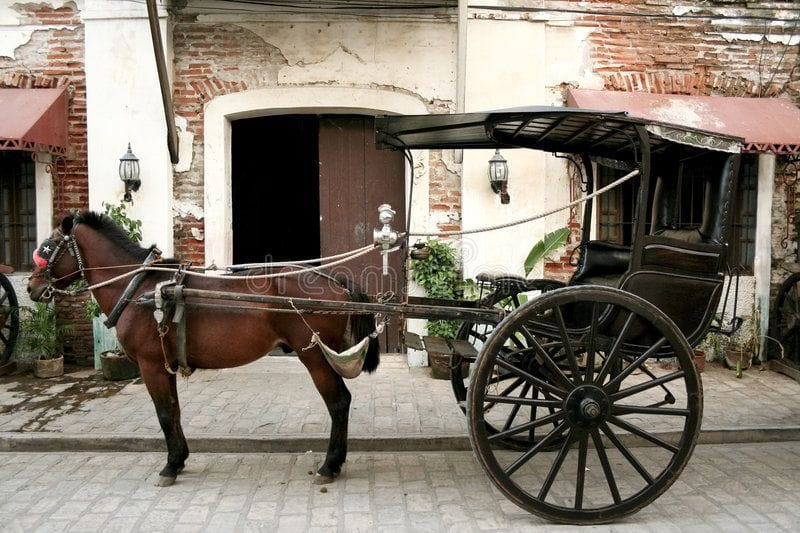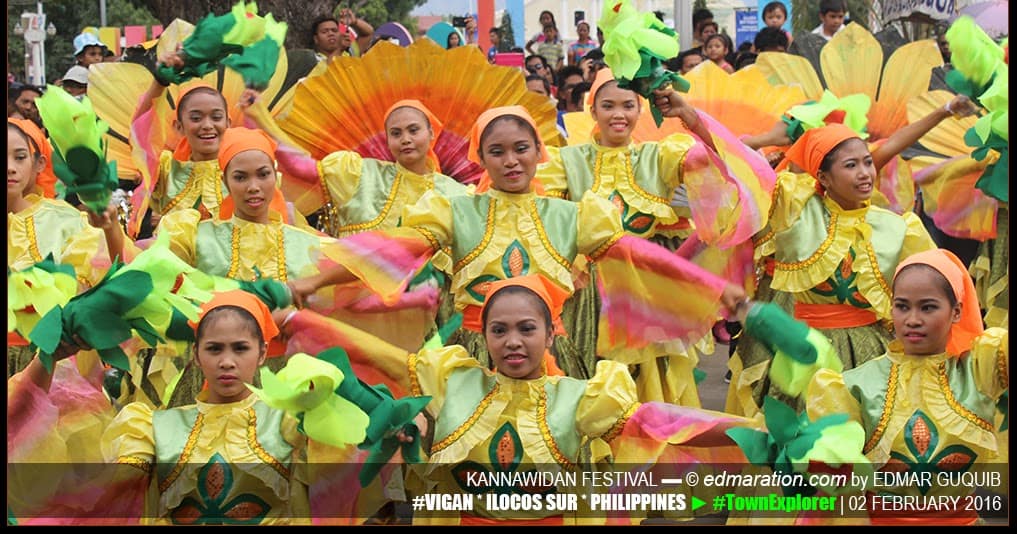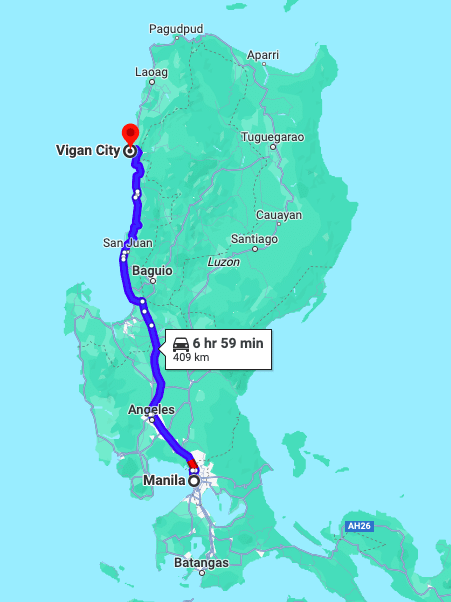
Introduction: Vigan’s Unique Charm

Calle Crisologo: A Walk Down Memory Lane
At the heart of Vigan lies Calle Crisologo, a historic street flanked by centuries-old mansions and intricate stone houses. As you walk along this street, the echoing footsteps on cobblestones and the gentle trot of kalesas (horse-drawn carriages) evoke a nostalgic ambiance reminiscent of the Spanish colonial era.
Vigan’s Architectural Marvels: A Fusion of Cultures
Beyond its streets, Vigan boasts a blend of Philippine, Chinese, and Spanish architectural influences. Notable structures include the Vigan Cathedral, St. Paul’s Metropolitan Cathedral, and various ancestral houses converted into museums. These sites bear witness to the cultural melting pot that has shaped the city’s unique identity.
Local Delicacies: The Flavors of Vigan
No visit to Vigan is complete without indulging in its local delicacies. Must-tries include the crispy Vigan empanada, longganisa (local sausage), and bagnet (deep-fried pork). The rich flavors and traditional cooking methods showcase the city’s culinary heritage.

Pottery and Craftsmanship: Pagburnayan Jar Making
Vigan is not just about its past; it’s also a hub for local craftsmanship. The Pagburnayan district offers a firsthand experience of traditional jar-making processes, where artisans skillfully mold clay into beautiful pots and jars using age-old techniques.
Conservation Efforts: Preserving Vigan’s Legacy
Recognized as a UNESCO World Heritage Site, Vigan’s conservation efforts ensure that its historical and cultural integrity remains intact. Both the local government and community are actively involved in preserving and promoting the town’s heritage for future generations.
Getting to Vigan: A Traveler’s Guide
The historic city of Vigan, with its Spanish-era charm and architecture, beckons travelers from all over the world. If you’re planning to experience the enchantment of this UNESCO World Heritage Site, here’s a step-by-step guide on how to get there:
1. From Manila:
Manila, the capital city of the Philippines, serves as the primary gateway for most international travelers.
-
By Bus:
- Several bus companies operate daily routes from Manila to Vigan.
- The bus journey usually takes about 8-10 hours, depending on traffic conditions.
- Popular bus lines include Partas, Dominion Bus Lines, and Farinas Transit Company.
- For convenience, book your tickets in advance, especially during peak seasons or holidays.
-
By Air:
- Though Vigan has a small airport, it caters mostly to chartered flights.
- The nearest commercial airport to Vigan is the Laoag International Airport in Ilocos Norte.
- From Laoag, you can take a bus or a van to Vigan, which is approximately 1.5 to 2 hours away.
- Airlines such as Philippine Airlines and Cebu Pacific operate flights from Manila to Laoag.
-
By Private Car:
- Driving allows for flexibility and the chance to stop and enjoy the scenic routes.
- Take the North Luzon Expressway (NLEX) and continue to the Subic-Clark-Tarlac Expressway (SCTEX).
- Proceed to the Tarlac-Pangasinan-La Union Expressway (TPLEX) and follow signs leading to Ilocos Sur.
- The journey typically takes around 6-8 hours, depending on driving speed and stops.
2. From Other Parts of Luzon:
- Direct bus routes to Vigan may be available from major cities like Baguio and Laoag.
- If direct routes are unavailable, travelers can take buses heading to Manila and transfer to a Vigan-bound bus.
3. Getting Around in Vigan:
- Kalesa (Horse-drawn Carriage): For an authentic experience, take a ride on the kalesa. It’s an eco-friendly and nostalgic way to explore the city.
- Tricycles: These are available for short distances and can be found almost everywhere.
- Walking: The city center, especially around Calle Crisologo, is pedestrian-friendly and best explored on foot.
4. Additional Tips:
- Traveling overnight by bus can save time, allowing you to arrive in Vigan by morning.
- Consider checking local festivals or events when planning your trip; Vigan hosts several throughout the year which can be both an attraction and a cause of higher tourist volume.
- Always respect local customs and traditions.
With its captivating charm and rich history, Vigan promises a memorable journey. Whether you choose to travel by bus, plane, or private vehicle, the essence of the city ensures an experience worth the journey. Safe travels!
Conclusion: Vigan, Where History Lives On
More than just a tourist destination, Vigan is a living testament to the Philippines’ rich colonial past. Its well-preserved architecture, cultural heritage, and timeless traditions make it a must-visit spot for anyone looking to delve deep into the heart of Filipino history.
Another must spot to see in the Philippines is its Jewel of Palawan, especially the beautiful, remote white sand beach islands between the popular tourist sites of El Nido and Coron. Check out our private and group boat tour expeditions through this pristine area to experience the natural heritage this magical country possesses.
Experience the thrill of island hopping in the Philippines
FAQs
What is Vigan famous for?
Vigan is like a time machine! Renowned for its well-preserved Spanish colonial architecture, cobblestone streets, and horse-drawn carriages, it’s a living testament to the Philippines’ rich history and heritage.
What is the most visited place in Vigan?
Step into a bygone era at Calle Crisologo! With its vintage houses, antique shops, and the ambient glow of lanterns at night, this historic street is the pulsating heart of Vigan’s charm.
What is the famous food in Vigan?
Foodies, rejoice! Vigan is home to the crispy “Vigan Longganisa” (sausage) and the delectable “Empanada”, a stuffed pastry treat. Every bite is a burst of local flavors and tradition.
What is a fun fact about Vigan?
Did you know? Vigan is a UNESCO World Heritage Site and one of the few Hispanic towns left in the Philippines where its structures have remained intact. It’s history you can touch and see!
Why should I visit Vigan?
Vigan is a captivating blend of the old and the new. With its rich history, vibrant festivals, mouthwatering cuisine, and warm locals, it offers a unique journey back in time while still pulsating with modern life.
Why is it called Vigan?
Legend has it that the name “Vigan” came from the word “Bigaa”, a type of yam plant that once thrived in the area. Over time, it evolved into the city’s charming name we know today.
What do you wear to Vigan?
Dress comfortably and casually! Given the city’s tropical climate and the allure of its walkable streets, think breathable clothes, comfy shoes, and a hat or umbrella for that occasional drizzle.
Why is Calle Crisologo worth visiting?
Calle Crisologo is like stepping into a page of history! With its beautifully preserved ancestral houses turned into quaint shops and cafes, it offers a nostalgic experience of the Philippines during the Spanish era, especially when lit up at night.
What is the history of Vigan?
Vigan is a melting pot of cultures! Established in the 16th century, it became a hub of Spanish colonial trade and architecture. Its unique blend of Asian building design and European colonial architecture speaks volumes of its storied past.
SEO Keywords: Vigan, Spanish colonial town, Calle Crisologo, kalesa, Vigan Cathedral, Vigan empanada, longganisa, bagnet, Pagburnayan, jar-making, UNESCO World Heritage Site, Luzon, Philippines.
Booking - Private Tours
We are a family operation and would love to show you around our beautiful country. We primarily focus on private tours catering to clients interested in a custom and unique experience. Otherwise we offer lots of free information on these pages for budget travelers. Feel free to contact us so we can design the perfect package for you!
Home » Luzon » Explore »

Good recommandation for the overnight stay.
The crew was very helpful
and they prepared very nice meals for us.
Strongly recommended
I wanted to surprise my girlfriend with a special engagement in beautiful El Nido!!
Melasel arranged everything for me and had so many great suggestions and knowledge of how to make this a magical day! I was super worried because it is difficult to arrange such an important event when you live on the other side of the world! But Mel was amazing and understood exactly what I wanted! And went out of her way to accommodate all my requests!
She even had a clever story to tell my girlfriend to cover the photographer being with us all day!
On the day the weather was very rainy with many showers. Mel and Rene were in constant contact with me with plan B and even contacted our hotel to discuss options of hosting the proposal there. Completely above and beyond what I paid for.
Luckily in the end the weather gave us a small window and Mel set everything up beautifully on a sand bar floating in the middle of crystal clear waters surrounded by limestone islands with stunning rocky formations.
Island Hopping in the Philippines somehow peered into my brain and delivered a perfect replica of the proposal I had in my head.
It was simply perfect down to the smallest detail! Thank you so much, I cannot recommend you guys enough!!
As most of people usually feel, once your money has been transferred out to someone you do not know, you probably frustrated that your money would not be able to be refunded.
But not in my experience. I dont need to be worry, the owner refunded me the money he has received (minus the bank fees). He promised to refund me and he did it. It was around 18.700 Pesos.
So, eventhough i didn't manage to go with the tour, but i am really satisfied with their legitimate and great business practice. Hopefully, people will try their services and not worry about their legit business!
Thanks a lot!
First of all the booking part was really simple. I organized this trip to the Philippines last minute for my family (my parents and my uncles) but Karel answered all my questions very quickly and really made everything easier for me. It was an incredible experience. Albert, our tour leader, is a wonderful guy, always smiling and ready to help us. They assisted us in everything and really took care of making everything go smoothly. The accommodation on the islands is as spartan as you expect but the location of each hut alone is worth the trip. The wonder of nature was then added to the goodness of cuisine. It's really difficult to argue how you can cook all that goodness on a boat.
If you are looking for an authentic experience, in contact with nature, off the beaten track, this company's private expedition is certainly for you.
Super ultimate tour is the best with Kayangan and barracuda lake, twin lagoons (my favorite), coral garden (blue fabulous coral) were the best. It’s really worth it to pay for private tour (3500 to 4000 PHP). You will also have to pay for entrance fees (150 to 200PHP by location) and eventually shopping at the market - must do (count 300 for 2 for fish, pork, fruits and vegetables, water).
Based on the comments, I contacted Mel.
Very responsive, very efficient and perfect organization.
The on-board staff were very friendly and very helpful.
And I'm not even talking about the meal on board...a marvel.
In all fairness, this excursion will remain an excellent memory and I cannot recommend Mel and his team highly enough.
A big thank-you.
If you love camping this is definitely a tout you should do, it has been the highlight of our trip!!
We are a family operation managing private custom boat tours in the beautiful Palawan area, and are happy to help travelers with their plans through the country, having traveled a lot of it ourselves and planning to visit it all.
Submit your review | |
I find it so amazing, heritage houses turned business establishment. I was looking for a convenience store where i almost surrender after a few minutes maybe there's none but i was surprised to see a well known 7/11 store inside an old building, it's hard to identify the store because the signage was so small not easily seen from a distance. I enjoyed strolling Calle Crisologo, i did not get bored lots of things to see, souvenirs, food, Vigan delicacy. It's a street full of lovely things and full of people strolling around. When I came back home looking at my photos i noticed that pics taken at daytime is different during the night so better be there at night time and daytime, i find it so awesome. Love my stay for just one day and one night, today while writing this review, i wish i extended my stay for i was not able to roam around all of Vigan City.
